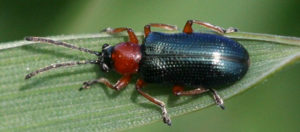
Cereal Leaf Beetle in Wheat
Is Cereal Leaf Beetle a problem in your wheat crop this year? CLB is a pest that tends to …



El inglés es el idioma de control de esta página. En la medida en que haya algún conflicto entre la traducción al inglés y la traducción, el inglés prevalece.
Al hacer clic en el enlace de traducción se activa un servicio de traducción gratuito para convertir la página al español. Al igual que con cualquier traducción por Internet, la conversión no es sensible al contexto y puede que no traduzca el texto en su significado original. NC State Extension no garantiza la exactitud del texto traducido. Por favor, tenga en cuenta que algunas aplicaciones y/o servicios pueden no funcionar como se espera cuando se traducen.
Inglês é o idioma de controle desta página. Na medida que haja algum conflito entre o texto original em Inglês e a tradução, o Inglês prevalece.
Ao clicar no link de tradução, um serviço gratuito de tradução será ativado para converter a página para o Português. Como em qualquer tradução pela internet, a conversão não é sensivel ao contexto e pode não ocorrer a tradução para o significado orginal. O serviço de Extensão da Carolina do Norte (NC State Extension) não garante a exatidão do texto traduzido. Por favor, observe que algumas funções ou serviços podem não funcionar como esperado após a tradução.
English is the controlling language of this page. To the extent there is any conflict between the English text and the translation, English controls.
Clicking on the translation link activates a free translation service to convert the page to Spanish. As with any Internet translation, the conversion is not context-sensitive and may not translate the text to its original meaning. NC State Extension does not guarantee the accuracy of the translated text. Please note that some applications and/or services may not function as expected when translated.
Collapse ▲
Is Cereal Leaf Beetle a problem in your wheat crop this year? CLB is a pest that tends to …
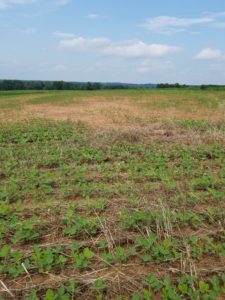
Want to know more about the benefits cereal rye can have on your soybean crop? Learn the advantages of …
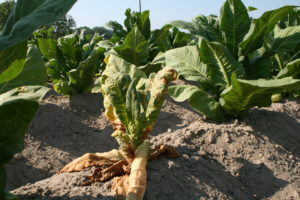
This is the second of our weekly TSWV and tobacco thrips risk assessment updates. Last week’s cool temperatures pushed …

If you missed the 2020 County Extension Meetings, we will be providing relevant 2019 research video updates over the …

Last night, April 10th, 2020, some areas in North Carolina experienced temperatures in the mid to low 30s and …
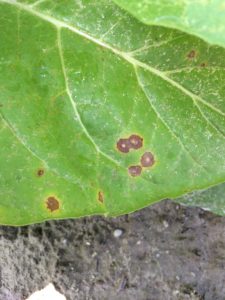
April 9, 2020- As upside down as the world seems right now, the 2020 tobacco season continues to march forward. …

If you missed the 2020 County Extension Meetings, we will be providing relevant 2019 research video updates over the …
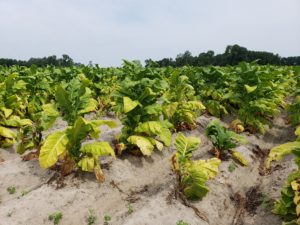
Managing tomato spotted wilt virus (TSWV) in North Carolina tobacco requires both pre transplant and post transplant decisions, which …

Planting soybeans soon? Learn two pre-plant soil fertility tips for 2020 from Dr. Luke Gatiboni, NC State University’s new Extension …
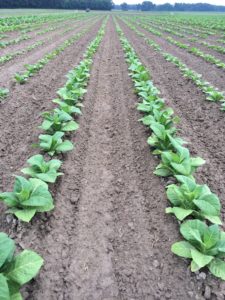
March 26, 2020- The world has changed dramatically since our last posting. We hope that you, your families, and farming …

If you missed the 2020 County Extension Meetings, we will be providing relevant 2019 research video updates over the …

A team of NC State Extension specialists and researchers explore the value of cultural weed management strategies for controlling …

Growers across the state are gearing up to plant soybeans. Dr. Bill Foote, Director of the NC Crop Improvement …

As you are well aware, most marestail is now resistant to glyphosate! So don’t spray glyphosate alone and expect …
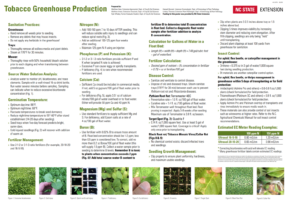
With the start of the 2020 greenhouse season, feel free to give our new production poster a look! This …
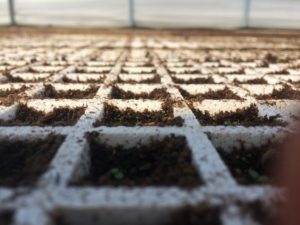
February 13, 2020 Greetings, and welcome to the first 2020 edition of From the Field – Agronomy Notes! This newsletter …
The NC Soybean Variety Selection Tool developed by the NC Soybean Producers Association has now been updated with the …
The 2019 Soybean Yield Contest results are now available on the Soybean Extension Portal. The NC Soybean Yield Contest categories …
The NC State Extension Soybean Team and County Extension agents will cover a diversity of topics related to soybean …

Note this article only applies to insecticides, not fungicides or nematicides. The evidence is overwhelming. Neonicotinoid insecticide seed treatments do …

Several species of grasshoppers can cause foliar feeding damage in tobacco. They are typically most …

This Extension publication provides an overview of the tobacco budworm (Chloridea virescens), a common pest …

This factsheet for farmers describes concepts, terminology, and guidelines concerning soil sampling. Proper testing allows …

Nitrogen fertilizer products are being developed and marketed as having the potential to increase yields and …
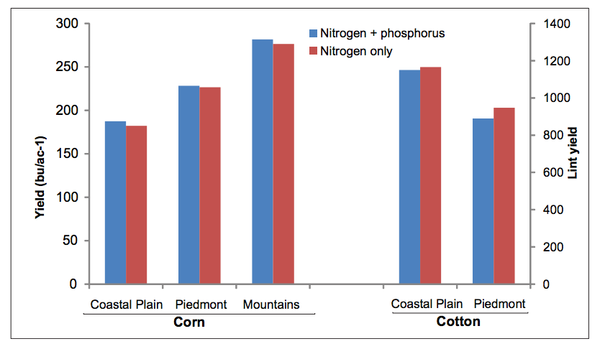
Phosphorus (P) is the second most important nutrient in crop production but is often found …

This factsheet describes the symptoms of a shoot inhibitor herbicide injury.

This factsheet describes the symptoms of a metribuzin herbicide injury.

This factsheet describes the symptoms of a dichlobenil herbicide injury.